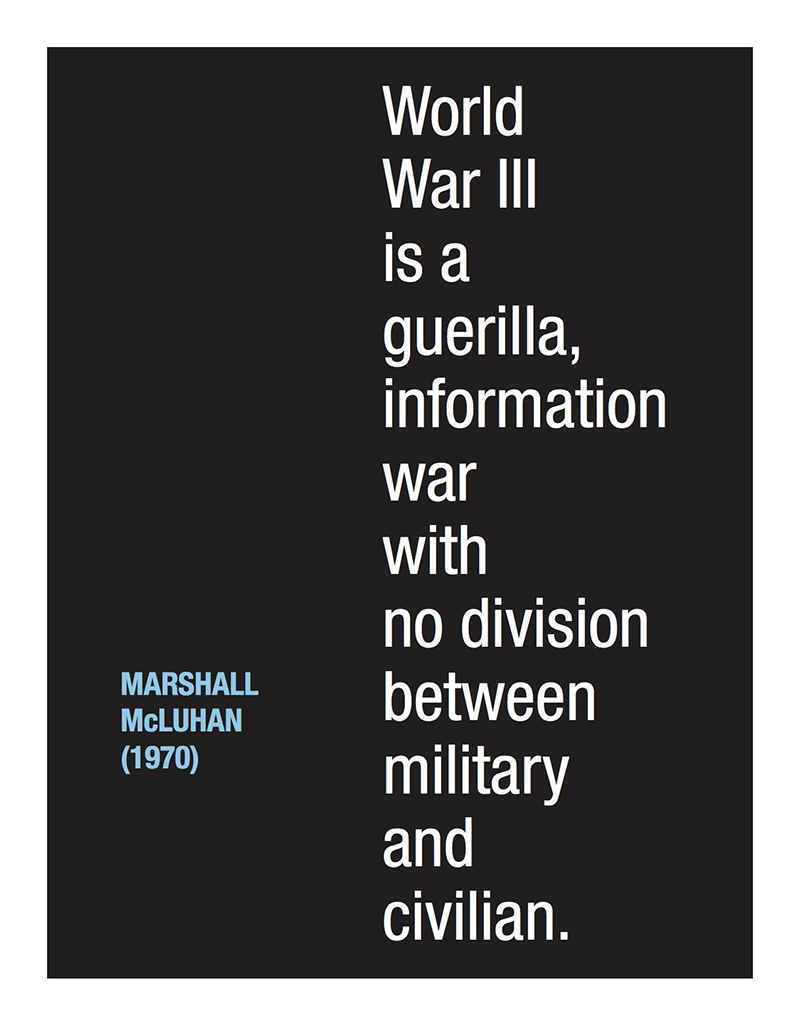Connectivity and the proliferation of smartphones that rely on it has accelerated and transformed an older form of civilian-military collaboration.
Jack McDonald of King’s College London points out that, when America invaded Afghanistan in 2001, less than 1% of the local population had access to the internet. In Syria in 2011, when a civil war was already under way and mobile-phone footage of combat became widespread, the rate was still only 22%. When Russia invaded Ukraine in 2014 it had reached 46%. When it did it again last year the figure had shot up to almost 80%. “What you’re seeing in Ukraine,” he says, “is what’s going to be standard.”
This connectivity and the proliferation of smartphones that rely on it has accelerated and transformed an older form of civilian-military collaboration, familiar from the resistance networks of occupied France in the second world war. For some time, says General Sir Jim Hockenhull, Britain’s chief of defence intelligence at the outset of the invasion, armies tried to make every soldier and platform a sensor. “What’s happened is that so many people have become sensors.” The result, he says, is a crowd-sourced “civilian sensor network” that has proved “really, really important”.
Read More at The Economist

Read the rest at The Economist